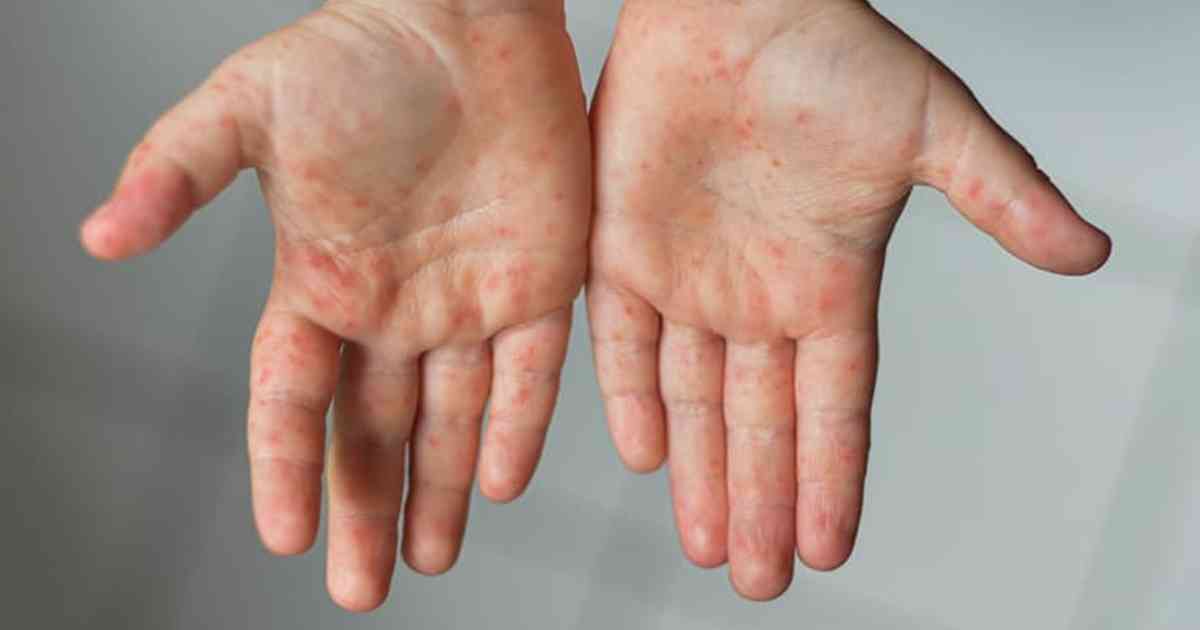
The suspected outbreak of hand-foot-and-mouth disease in Bulawayo is a serious concern at a time where there are growing concerns about general hygiene standards in the city.
According to the latest Bulawayo City Council reports, suspected cases have been detected in two schools where averages of 30 children were affected.
Council said samples had been sent to laboratories in Harare to ascertain the nature of the disease that has been identified at the schools.
The Mayo Clinic defines the hand-foot-and-mouth disease as a mild illness caused by viruses. Most often, a virus called coxsackievirus A16 causes the infection.
The disease is common in young children. But people of any age can get it. Viruses that cause the illness spread easily between people and through the air.
Symptoms of hand-foot-and-mouth disease include sores in the mouth and a rash on the hands and feet.
The most common complication of hand-foot-and-mouth disease is dehydration.
That’s when the body loses more fluid than it takes in. Hand-foot-and-mouth disease can cause sores in the mouth and throat, making it painful to swallow.
- Uproar over census figures
- Byo Arts Festival in turmoil…One year later, festival has yet to pay artists…Organisers play cat and mouse with artists
- Bulawayo struggles to clear housing backlog
- Council acts tough on debts
Keep Reading
There’s no specific treatment for hand-foot-and-mouth disease. Most people get better in seven to 10 days. But certain medicines can ease pain and general discomfort in the meantime.
The spread of the hand-foot-and-mouth disease can be prevented through frequent hand-washing and also by staying away from people who are sick.
Although, most often the hand-foot-and-mouth disease in a minor illness, there is need to be vigilant and activate all prevention mechanisms to avoid over-stretching the already strained health delivery system.
There is also need for authorities to swiftly roll out awareness programmes using various platforms that will target schools and institutions that provide care for young children as they are the ones most at risk.
Caregivers must also be on the look for children exhibiting the above listed symptoms to prevent large scale outbreaks.









